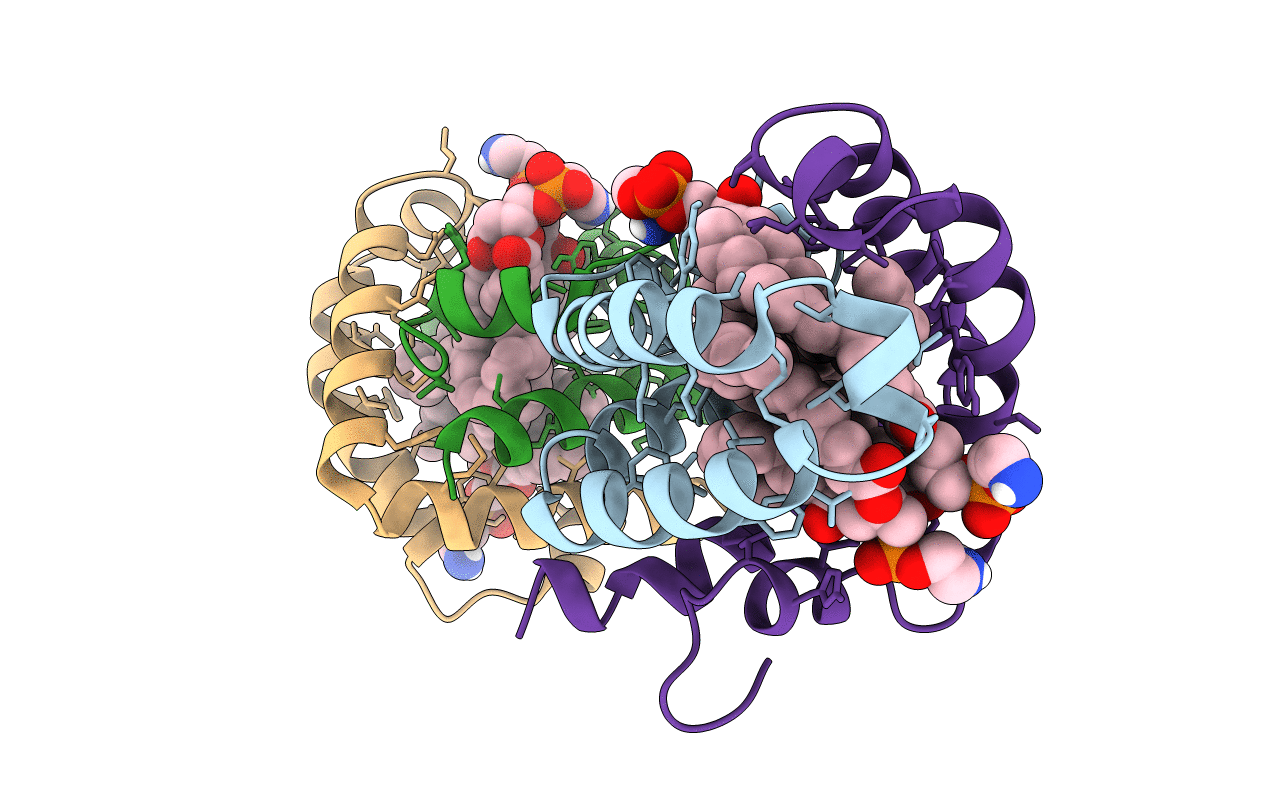
Deposition Date
2020-02-28
Release Date
2020-11-25
Last Version Date
2024-10-23
Entry Detail
PDB ID:
6VZD
Keywords:
Title:
N-terminal domain of mouse surfactant protein B (K46E/R51E mutant) with bound lipid
Biological Source:
Source Organism:
Mus musculus (Taxon ID: 10090)
Host Organism:
Method Details:
Experimental Method:
Resolution:
1.88 Å
R-Value Free:
0.21
R-Value Work:
0.16
R-Value Observed:
0.17
Space Group:
P 1 21 1


